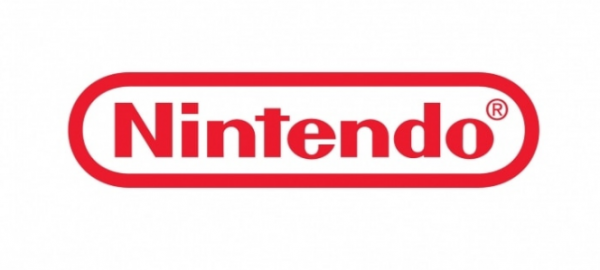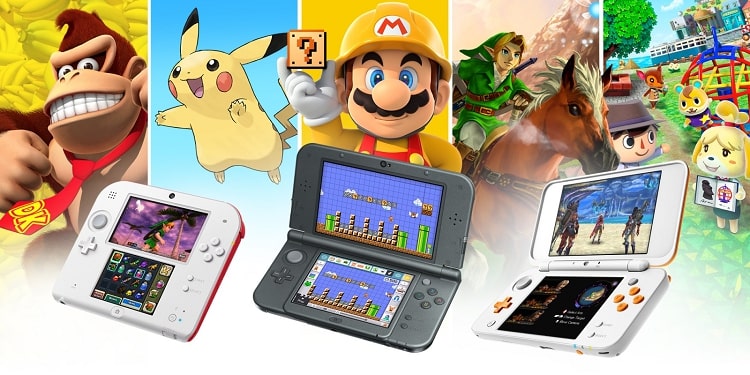
Nintendo’s video gaming handheld devices
Nintendo has infiltrated the video gaming industry for more than two decades now and has continually evolved to cope with the changing times. Even before the computer gaming era, Nintendo, a Japanese electronics company founded by Fusajiro Yamauchi, had dedicated itself to creating entertainment devices that became a part of every child’s life from one generation to the next. The Nintendo handheld console is one of the company’s most valued creations as it has not lost popularity since the launch of the first model in 1989.
Fast forward to 2014. Nintendo had launched a series of handheld consoles such as the Nintendo DS, Nintendo DS lite and Nintendo DSi. From the original Nintendo DS (short for dual-screen or Developer System), the handheld consoles had gone through several revisions to respond to the demands of consumers r4 3ds xl.
Nintendo DS, launched in November 2004, gained popularity for its innovative two-LCD screen feature with one screen serving as the touchscreen. It offered wireless connectivity support and a built-in microphone. The DS was compared to the Game Boy Advance SP because of its clamshell-like look. Another remarkable feature of the Nintendo DS was that it allows users to interact directly with each other through a short-range Wi-Fi connection without a wireless network. Users, however, also have an option to connect to the Nintendo Wi-Fi connection service for online interaction. It is compatible with Nintendo’s previous handheld systems such as the Game Boy Advance (GBA), with two cartridge slots, one for the DS game cards, and the other for GBA cards.

One major competitor of the Nintendo DS is Sony’s Play Station Portable, more commonly known as the PSP. To raise the bar, Nintendo redesigned the DS into a slimmer, lighter and more colorful version. The Nintendo DS lite was out in the market in 2006. Its Lithium ion battery delivers a longer battery life of up to 15 to 19 hours of game play on a three-hour charge. Although more aesthetically appealling than the original DS, users complained of the DS Lite’s lack of video quality and processing power considering the media features that come with it. Such weakness is compensated by its capability to connect up to 32 players at a time, allowing friends and family members to interact online.
For the third time, Nintendo revised its handheld console to the new Nintendo DSi, which was released in 2009 worldwide. In appearance, the DSi is thinner than the DS Lite when closed but is relatively wider and lighter, giving it a more sleeky look. As an improvement from the previous models, the DSi has a larger screen, and is capable of displaying more colors. It also delivers a new gaming experience with its slightly textured and rubbery coating for a more comfortable feel. One of its revolutionary features is the removal of the cartridge slot for the Game Boy Advance (GBA), cutting off users from the old GBA games. For some, this is an advantage, but for Nintendo fanatics, it is a setback. To complete its technological enhancement, the DSi also introduced the “DsiWare,” a set of games and applications that users can download from the DSi shop. Although advantages for DSi users, people who still own the Nintendo DS and Nintendo DS lite cannot access this particular site.





